Keeping reptiles as pets has grown increasingly popular over the years, with lizards being among the most sought-after options for reptile enthusiasts. While some species require specialized care and extensive experience, many lizards are remarkably beginner-friendly. These resilient creatures often have straightforward dietary needs, reasonable space requirements, and adaptable temperaments that make them excellent first-time reptile companions. Whether you’re a novice reptile keeper or simply looking for a low-maintenance pet, these 12 lizard species offer the perfect balance of fascinating characteristics and manageable care requirements. From desert-dwelling bearded dragons to colorful day geckos, these reptiles prove that exotic pet ownership doesn’t have to be overwhelming.
Bearded Dragon (Pogona vitticeps)
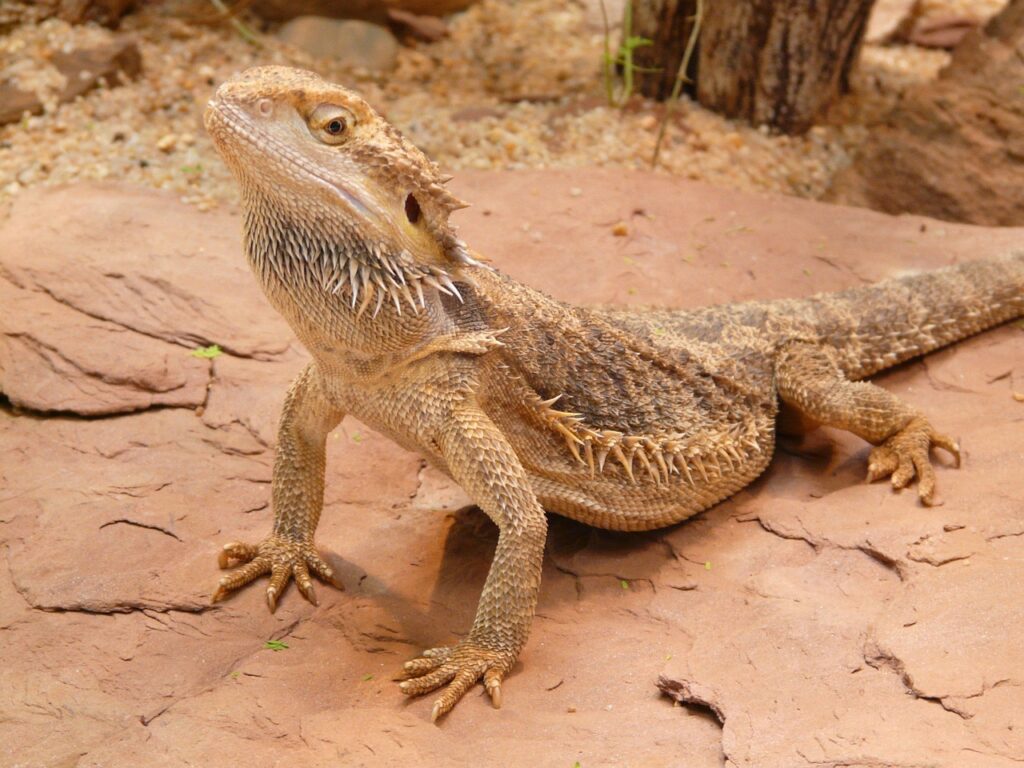
Bearded dragons are arguably the most popular pet lizards for beginners, and for good reason. These Australian natives have docile, almost dog-like personalities and can become remarkably tame with regular handling. Their dietary needs are straightforward—a combination of commercially available insect prey and readily accessible vegetables and greens makes feeding simple. Bearded dragons are also highly expressive animals, using behaviors like arm-waving, head-bobbing, and of course, “beard” puffing to communicate with their owners. Their 8-12 year lifespan means they’re a commitment, but their easy care requirements and friendly demeanor make them well worth it for reptile enthusiasts of all experience levels.
Leopard Gecko (Eublepharis macularius)
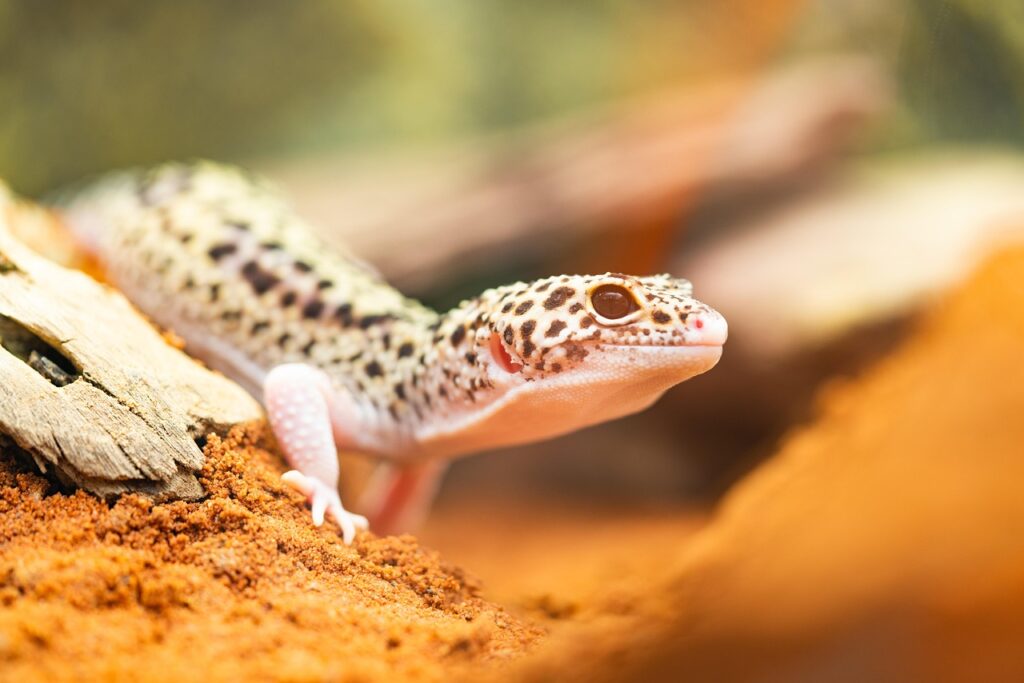
Leopard geckos are nocturnal desert-dwellers that have become staples in the reptile pet trade due to their manageable size and easy care. Unlike many other geckos, they lack the sticky toe pads that allow climbing on glass, making them less likely to escape and easier to handle. Their dietary needs consist primarily of gut-loaded insects like crickets and mealworms, eliminating the need for complex plant-based foods. Leopard geckos are also one of the most space-efficient reptiles, thriving in modestly sized enclosures of 20 gallons or larger, making them perfect for keepers with limited space. Their charming personalities and wide variety of color morphs (from wild-type to vibrant tangerines and albinos) make them endlessly fascinating pets that can live up to 20 years with proper care.
Crested Gecko (Correlophus ciliatus)
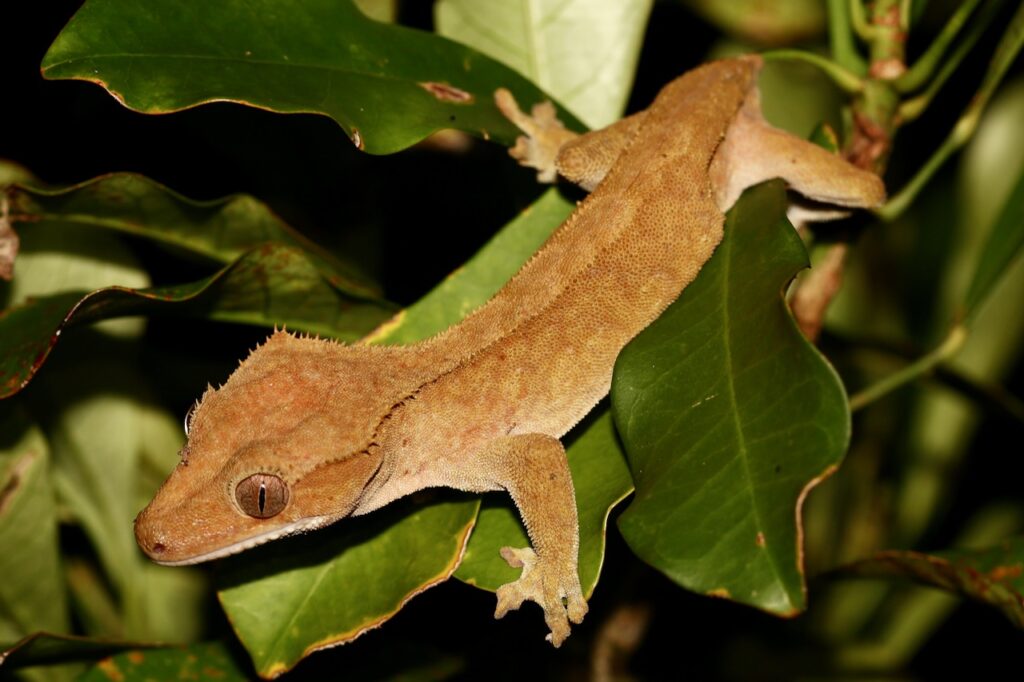
Crested geckos represent one of the most remarkable success stories in reptile keeping, having been rediscovered in 1994 after being thought extinct. These arboreal geckos from New Caledonia require no special lighting or heating in most home environments, thriving at room temperature between 72-78°F. Their diet couldn’t be simpler—commercial crested gecko meal replacement powder mixed with water creates a complete nutritional solution, though they appreciate occasional insect treats. Crested geckos are known for their remarkable variety of colors and patterns, as well as their distinctive eyelash-like crests that give them their name. Their calm temperament, manageable size (about 8 inches including tail), and simple humidity requirements make them excellent choices for beginners who prefer a more exotic-looking pet.
Blue-Tongued Skink (Tiliqua spp)

Blue-tongued skinks are among the most personable lizards available in the pet trade, often described as having dog-like personalities in reptile bodies. These chunky, short-legged lizards from Australia and Indonesia have become beloved pets due to their curious nature and relatively docile temperament when properly socialized. Their name comes from their vibrant blue tongue, which they display when threatened—a behavior rarely seen with gentle handling. Blue-tongued skinks are omnivores with a diet similar to what humans eat: a mix of lean proteins, vegetables, fruits, and commercial reptile foods makes feeding straightforward. While they require a larger enclosure than some beginner lizards (at least 4 feet long for adults), their relatively slow movement and ground-dwelling nature make them easier to handle than many faster species.
African Fat-Tailed Gecko (Hemitheconyx caudicinctus)
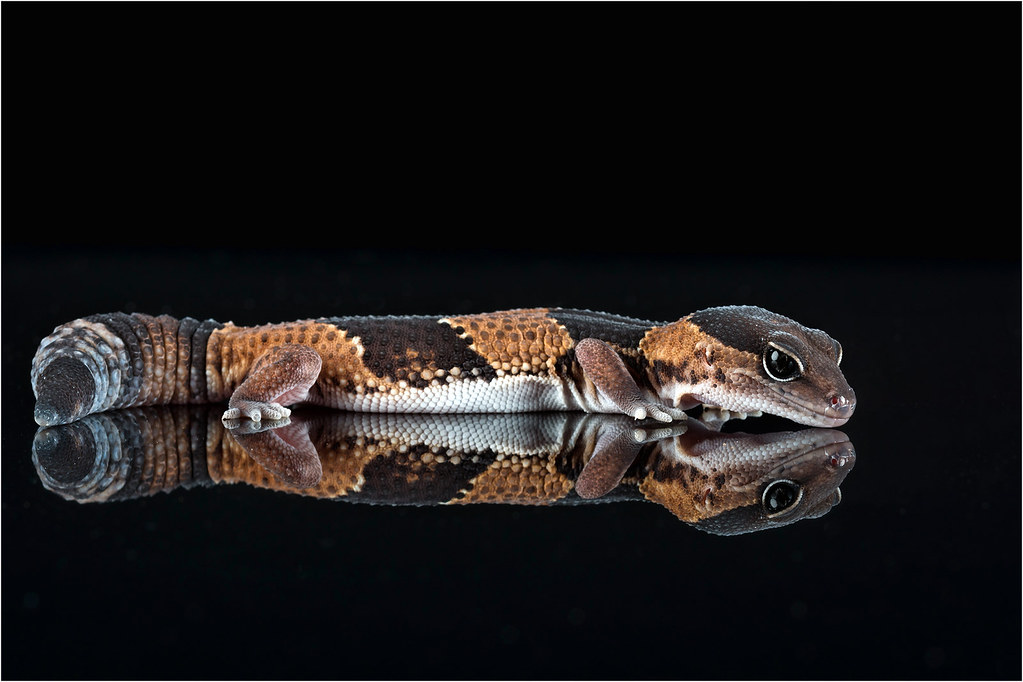
African fat-tailed geckos offer many of the benefits of leopard geckos with their own unique characteristics and slightly more exotic appearance. Native to West Africa, these terrestrial geckos have plump tails used for fat storage and distinctive banded patterns that provide excellent camouflage in their natural habitat. They require similar care to leopard geckos—a simple setup with proper heat gradient, hiding spots, and an insect-based diet. African fat-tails tend to be even more docile than leopard geckos, making them excellent for beginners concerned about handling their reptile. Their slightly higher humidity requirements (around 50-60%) are easily met with a properly maintained moist hide and occasional misting, making them suitable for keepers in various climate conditions without requiring complex humidification systems.
Gold Dust Day Gecko (Phelsuma laticauda)
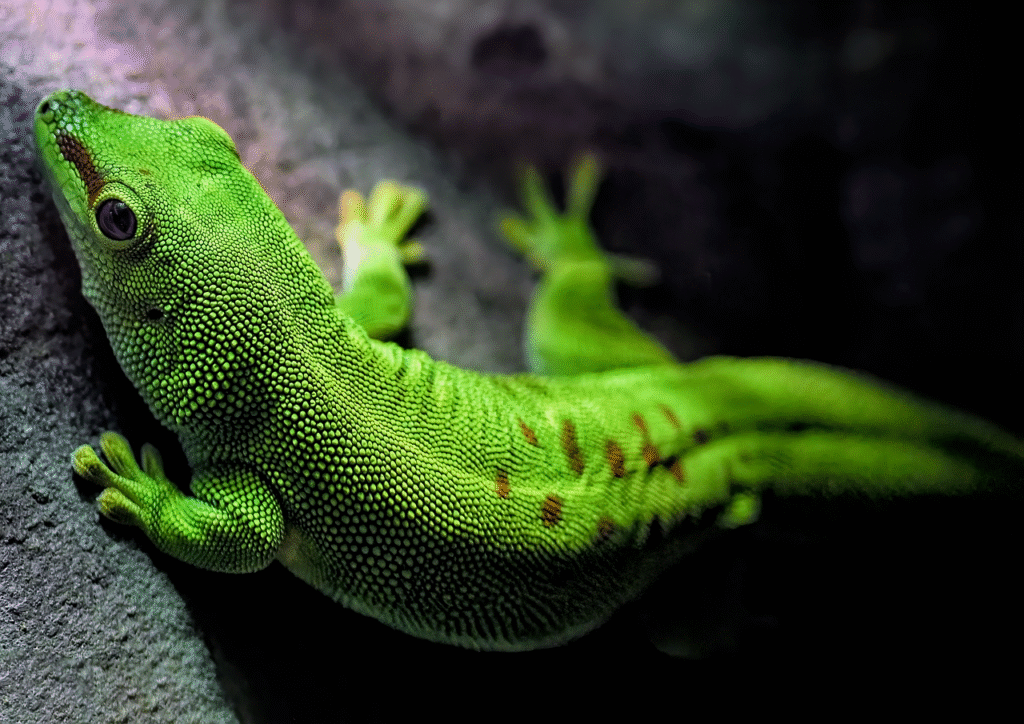
For beginners looking for a visually stunning display pet rather than a handling reptile, the gold dust day gecko offers vibrant colors with surprisingly simple care. These emerald green geckos with their namesake gold flecking and red accents are active during daylight hours, making them perfect for observation when owners are most active. Their diet consists of commercially available fruit gecko diets supplemented with small insects, making feeding straightforward. Unlike many beginner reptiles, gold dust day geckos are arboreal and will utilize vertical space in their enclosure, making them suitable for areas with limited floor space. While they’re generally not suitable for handling due to their delicate skin and quick movements, their engaging behaviors and jewel-like appearance make them perfect “look but don’t touch” pets for those who appreciate reptiles from a distance.
Uromastyx (Uromastyx spp.)
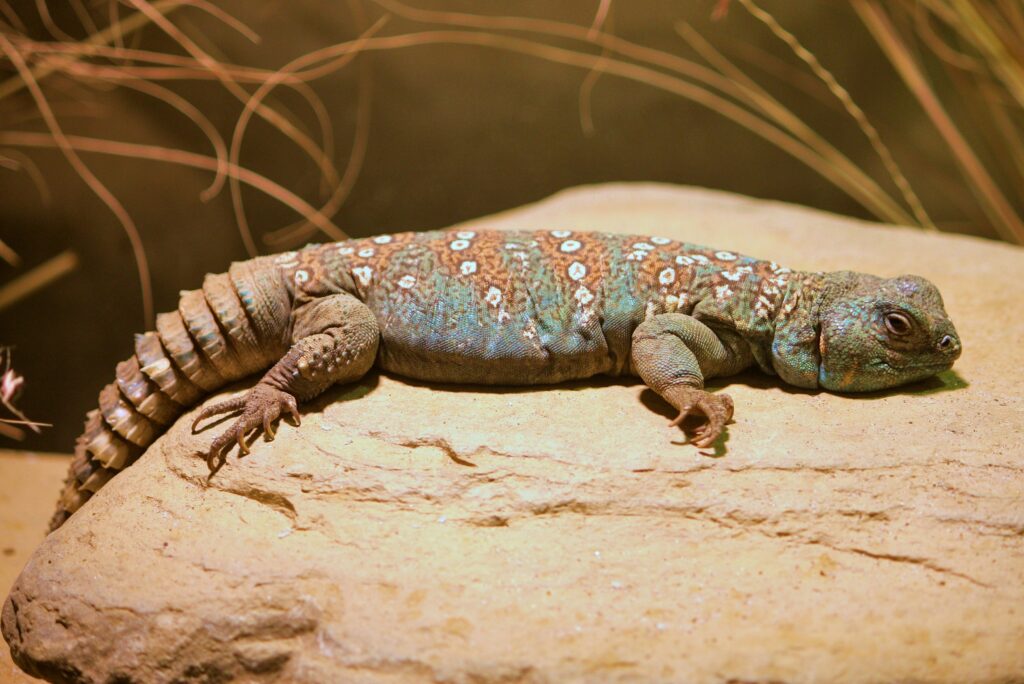
Uromastyx lizards, sometimes called spiny-tailed lizards, offer a fascinating alternative for beginners looking for a predominantly herbivorous reptile. These desert-dwellers from North Africa and the Middle East have specialized dietary needs that are surprisingly easy to meet—primarily leafy greens, vegetables, and specially formulated commercial diets with only occasional insect treats. Their distinctive spiny tails, which they use for defense and fat storage, give them a prehistoric appearance that appeals to many reptile enthusiasts.
Uromastyx require high basking temperatures (up to 120°F) but their overall care is straightforward with the right equipment, and they typically become quite tame with regular interaction. Their 15-20 year lifespan makes them a long-term commitment, but their low-odor, primarily plant-based diet makes them cleaner pets than many insect-heavy reptile species.
Chinese Water Dragon (Physignathus cocincinus)
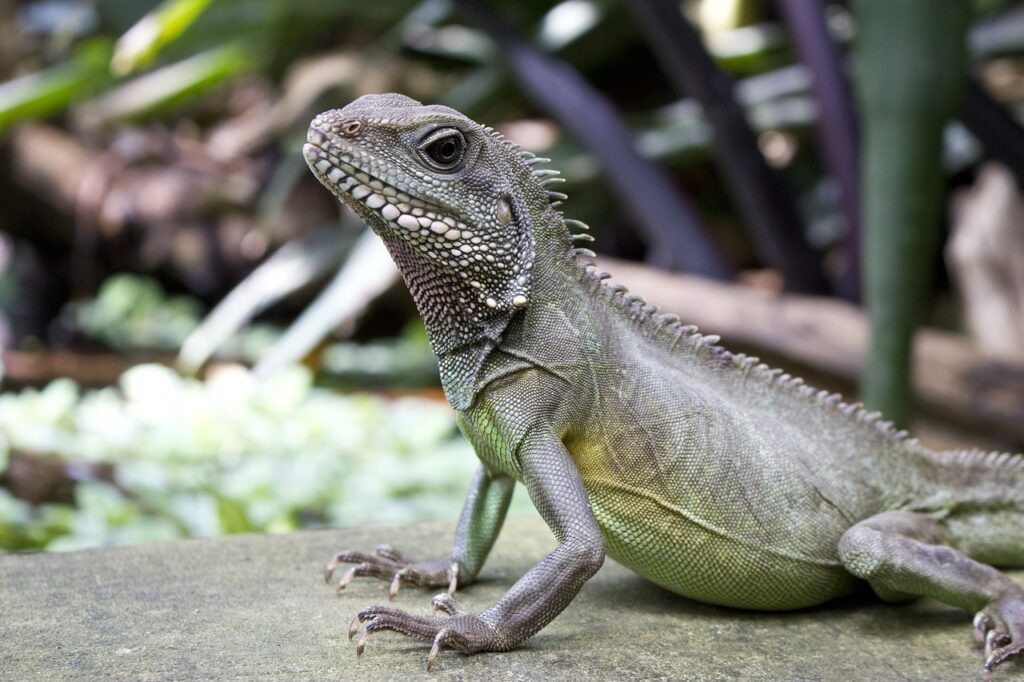
Chinese water dragons offer the impressive appearance of larger lizards like iguanas but with a more manageable size and temperament, making them accessible to dedicated beginners. These emerald green, semi-aquatic lizards reach about 3 feet in length (including their long tail) and possess stunning coloration with their red-orange throats and striking eye markings. While they do require larger enclosures than some beginner species, their care becomes routine once their habitat is properly established with climbing branches, swimming areas, and correct temperature gradients. Chinese water dragons primarily eat insects but will also accept some plant matter, making their diet relatively simple to provide. Their naturally inquisitive nature and tendency to become docile with regular handling make them rewarding pets for those willing to invest in appropriate housing and consistent interaction.
Ackie Monitor (Varanus acanthurus)
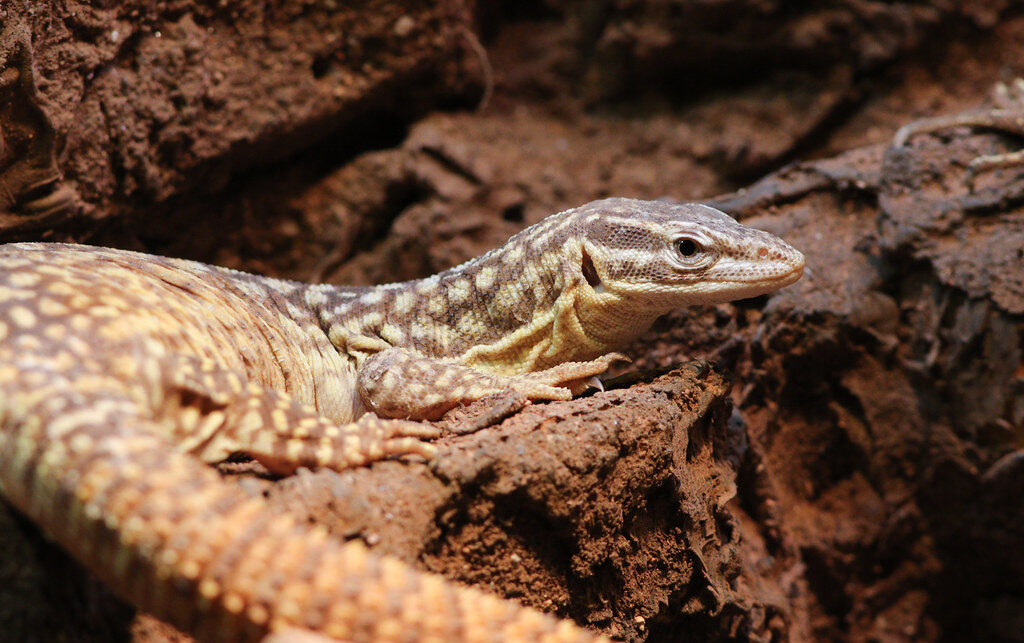
Ackie monitors, also known as ridge-tailed monitors or spiny-tailed monitors, represent an excellent “starter monitor” for those interested in larger lizard species. Native to Australia, these active, intelligent lizards reach a manageable 24-30 inches in length, making them substantially smaller than many other monitor species that can grow to impressive and unmanageable sizes. Ackies require a diet primarily of insects and small prey items like pinky mice, which are readily available at pet stores. Their enclosure needs, while larger than those of geckos or bearded dragons, are reasonable, with a 4x2x2 foot enclosure being sufficient for a single adult. What makes Ackies particularly appealing is their remarkable intelligence and capacity for enrichment activities—they can be target trained and enjoy interactive feeding methods that stimulate their natural hunting behaviors.
Green Anole (Anolis carolinensis)
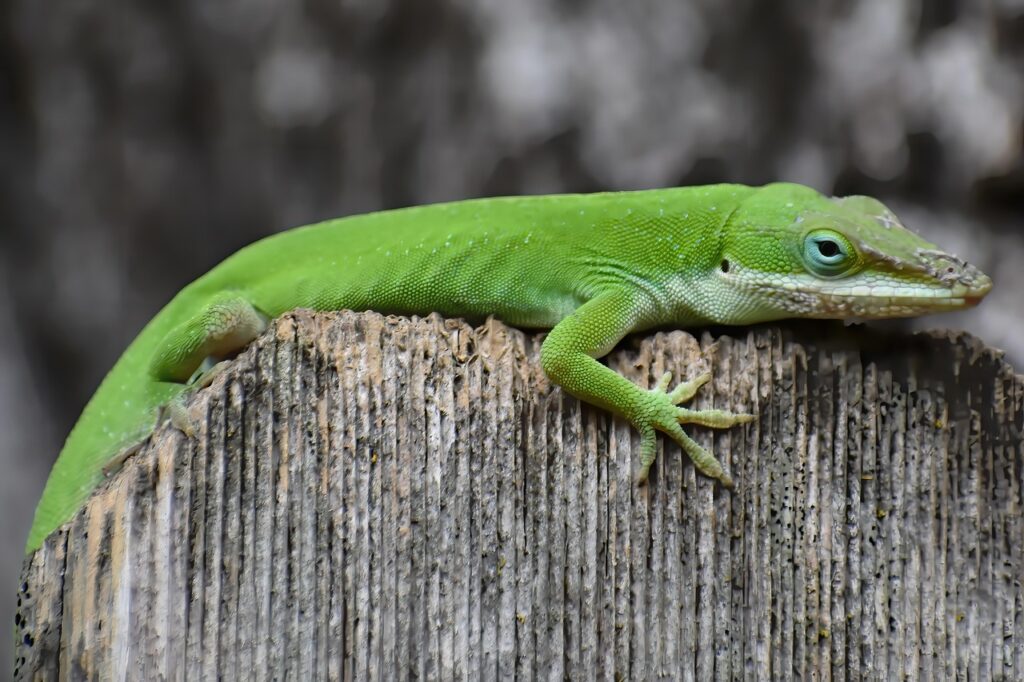
Green anoles are North America’s native answer to the tropical chameleon, offering color-changing abilities and engaging behaviors in a small, affordable package. These slender, active lizards shift from bright green to brown depending on mood, temperature, and environmental factors, providing a fascinating glimpse into reptile physiology. Their care requirements are straightforward—a simple 20-gallon vertical terrarium with live or artificial plants for climbing, UVB lighting, and a diet of small crickets and other commercially available insects.
Green anoles are particularly suitable for beginners interested in observational pets rather than handling companions, as they’re quick-moving and somewhat delicate. Their relatively short lifespan of 4-7 years makes them less of a long-term commitment than many other reptiles, offering a perfect introduction to lizard keeping without decades of responsibility.
Rankin’s Dragon (Pogona henrylawsoni)
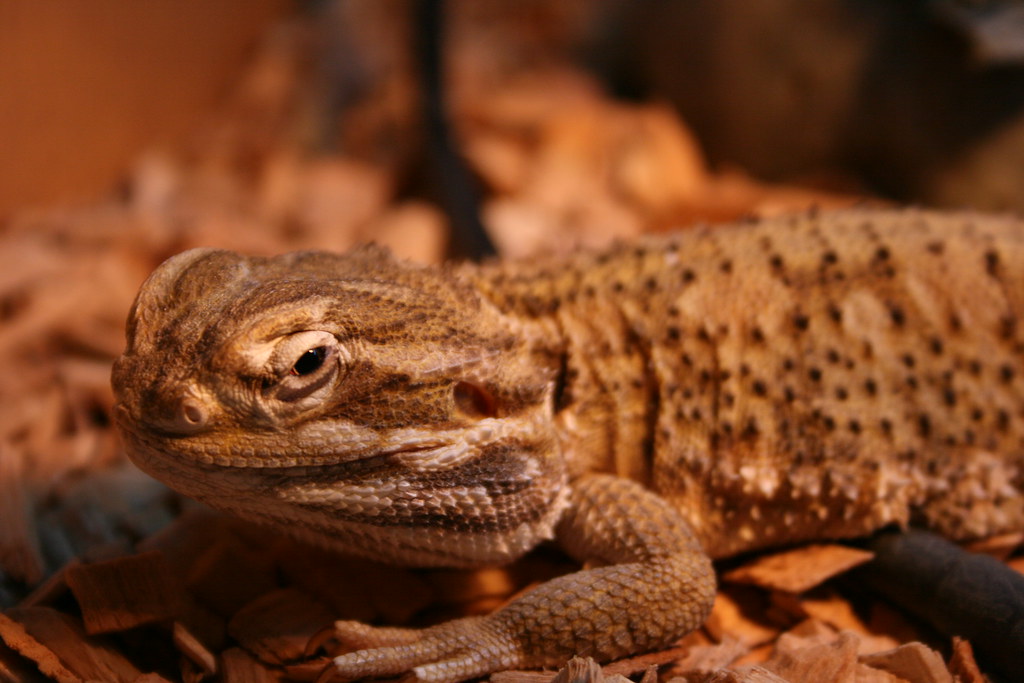
Rankin’s dragons, sometimes called Lawson’s dragons or dwarf bearded dragons, offer all the charm and personality of their larger bearded dragon cousins in a more space-efficient package. Growing to only about 12 inches compared to the standard bearded dragon’s 24 inches, these Australian lizards require smaller enclosures while displaying the same engaging behaviors and expressions that make bearded dragons so popular.
Their dietary needs mirror those of standard bearded dragons—a mix of insects and plant matter—making feeding protocols familiar to anyone who has researched beginner reptiles. Rankin’s dragons tend to be slightly more active than standard bearded dragons, often maintaining their juvenile energy levels into adulthood. Their smaller size makes them particularly suitable for apartment dwellers or those with limited space who still want the classic bearded dragon experience.
Pink-Tongued Skink (Hemisphaeriodon gerrardii)
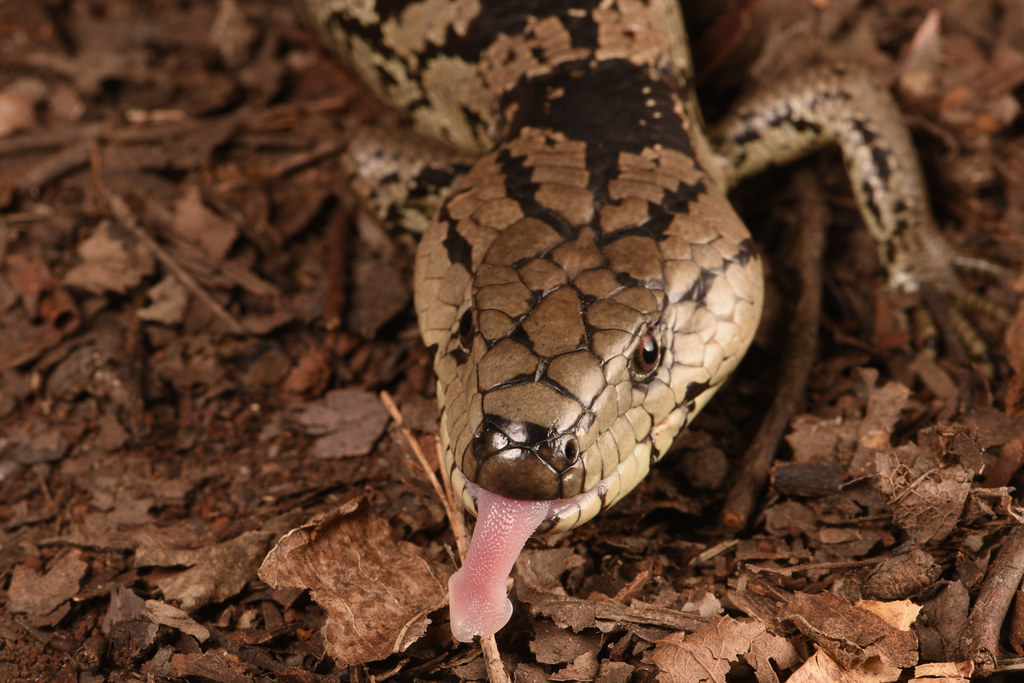
Pink-tongued skinks offer a fascinating alternative to the more common blue-tongued varieties, with similar easy care but their own unique characteristics. These Australian natives display a remarkable pink tongue (rather than blue) when threatened, and have more slender bodies and longer tails than their blue-tongued cousins. Their omnivorous diet consists of commercially available dog or cat food, fruits, vegetables, and occasional insects, making feeding straightforward and affordable.
Pink-tongued skinks are slightly more arboreal than blue-tongued skinks, appreciating more climbing opportunities in their enclosures, but their overall care remains beginner-friendly. Their nocturnal to crepuscular nature means they’re most active during dawn, dusk, and occasionally at night, making them perfect for owners who work traditional hours and want to observe their pets during evening leisure time.
The world of lizard keeping offers something for nearly everyone, from the hands-on interaction of bearded dragons to the vibrant display species like gold dust day geckos. What makes these 12 species particularly suitable for beginners is their forgiving nature when it comes to slight care variations, their reasonable space requirements, and their straightforward dietary needs. While all reptiles require research and commitment to proper husbandry, these species provide an accessible entry point that rewards owners with fascinating behaviors, striking appearances, and often, surprising emotional connections. Whether you’re drawn to the prehistoric look of the uromastyx or the puppy-like personality of a blue-tongued skink, there’s likely a beginner-friendly lizard that matches your lifestyle and interests in the wonderful world of reptile keeping.

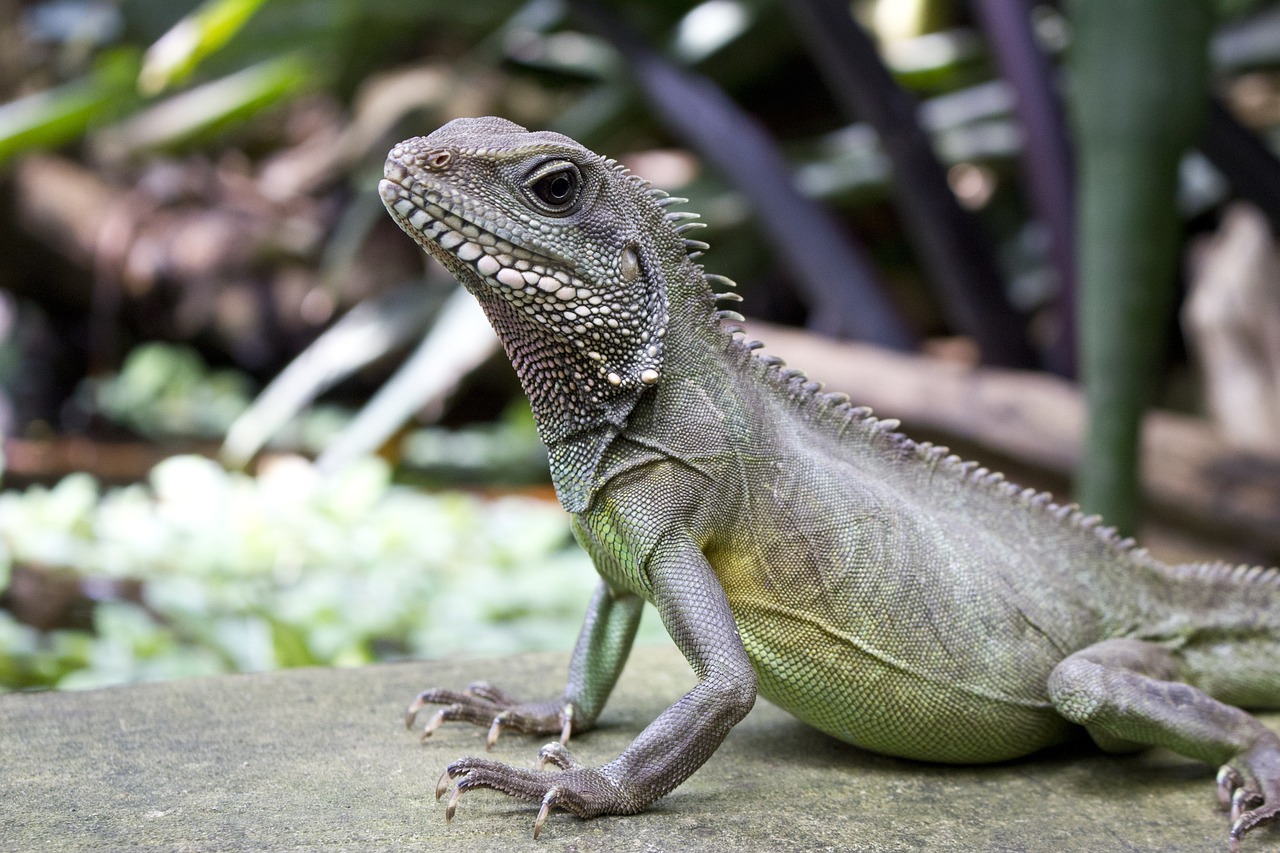
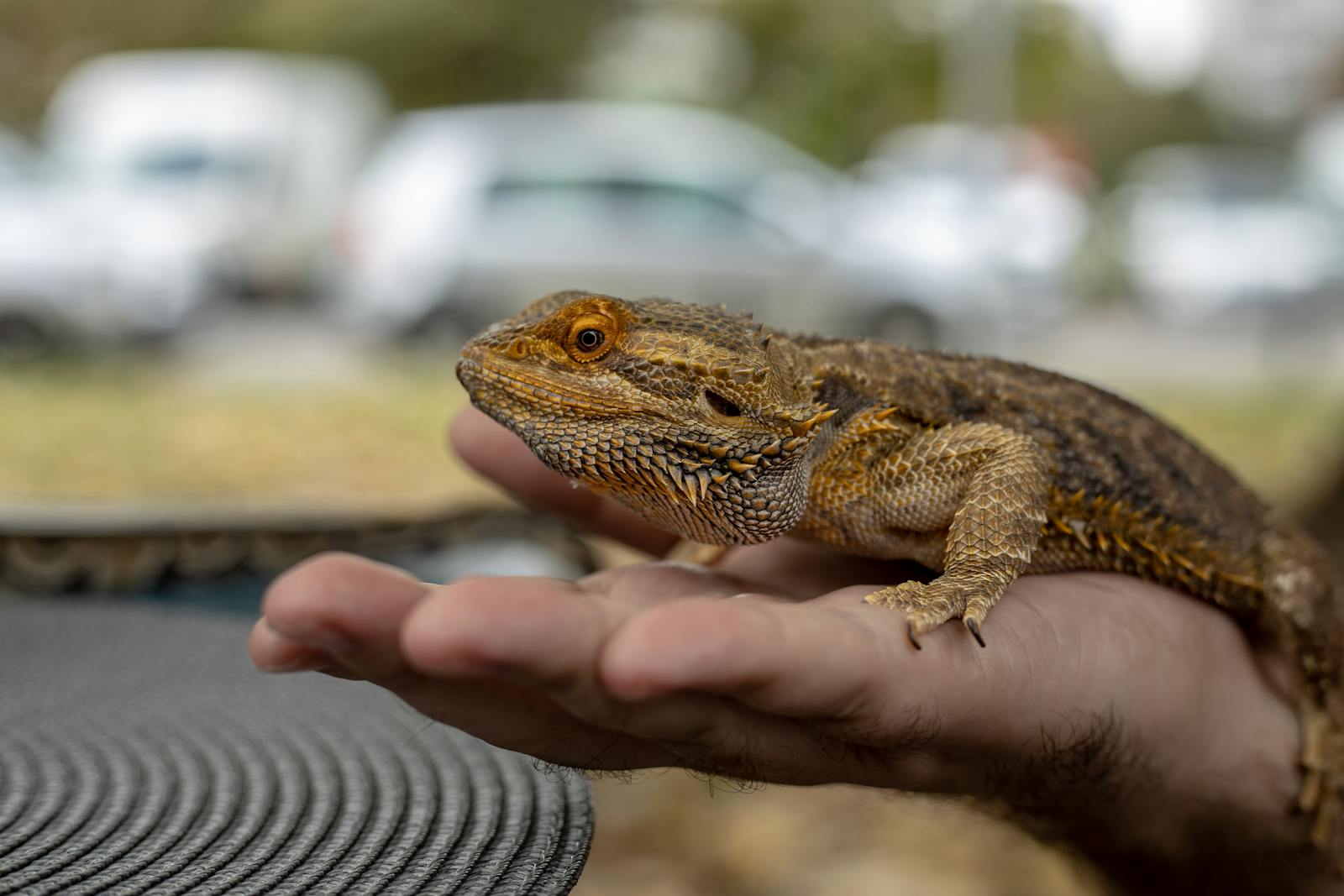

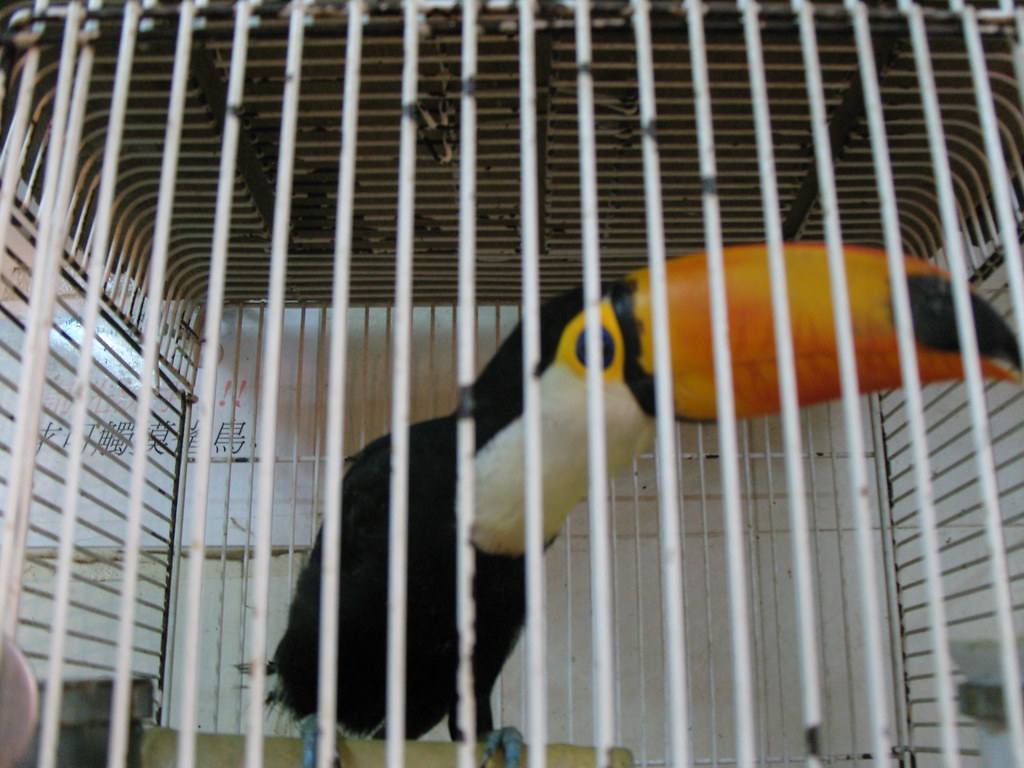
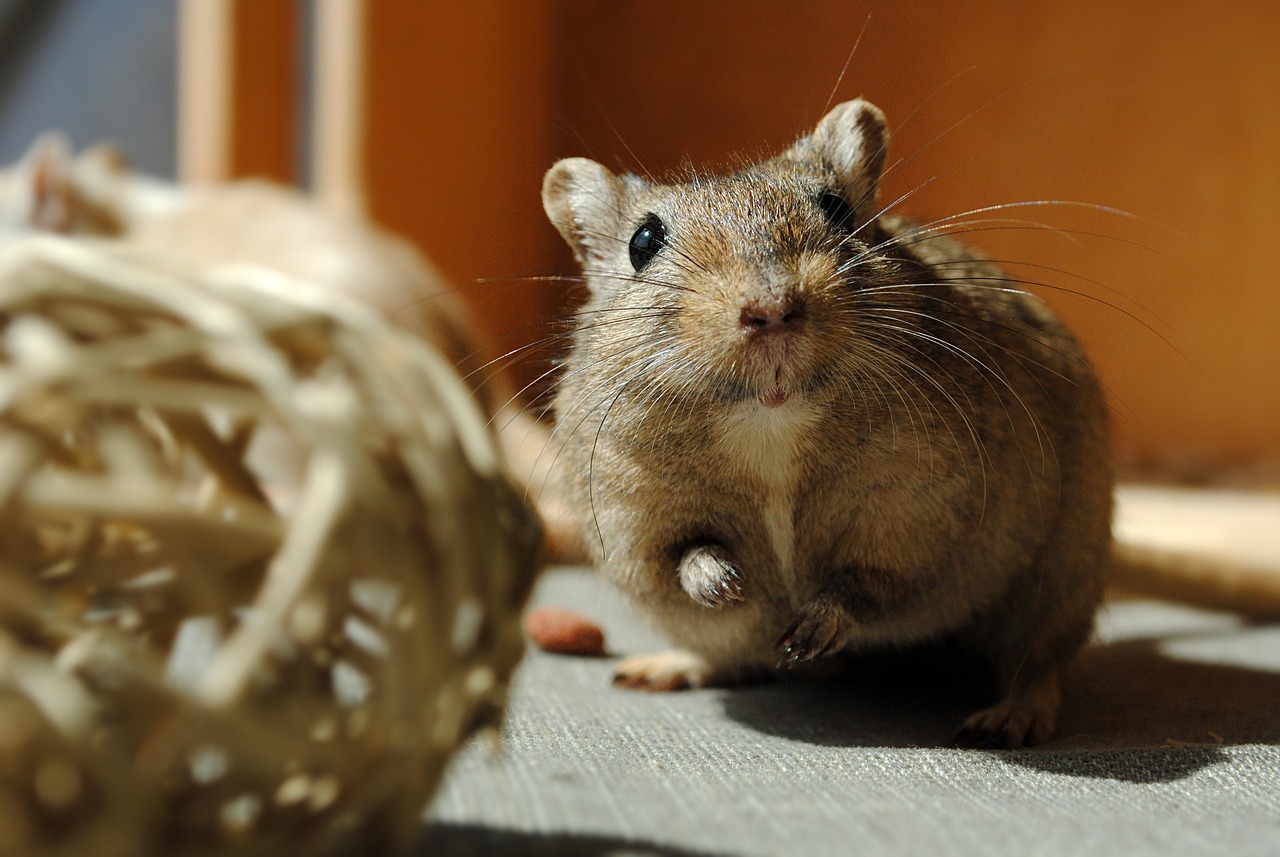
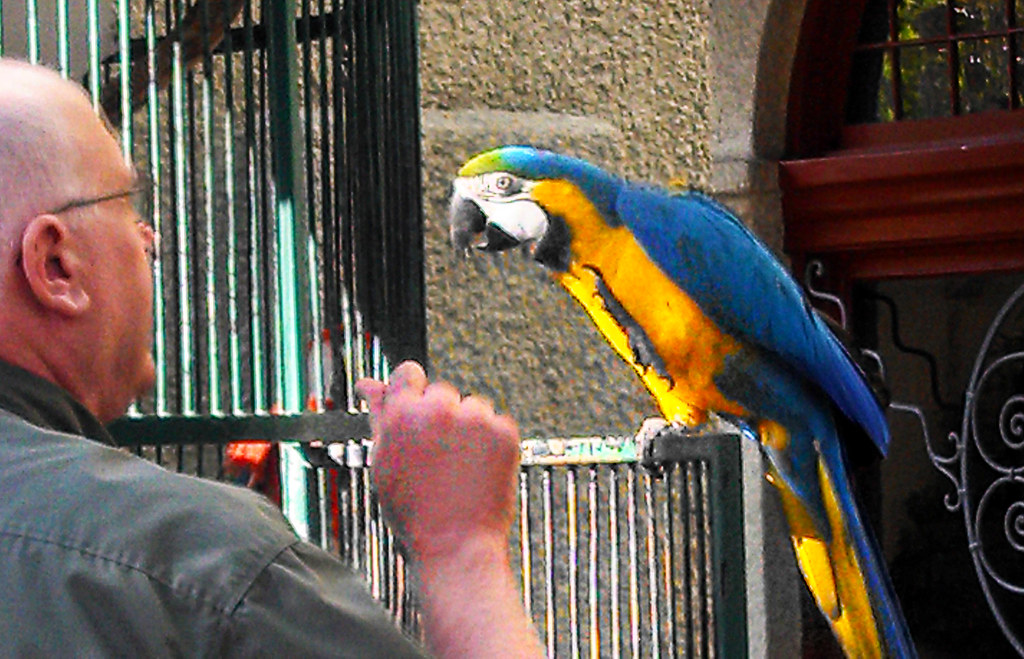
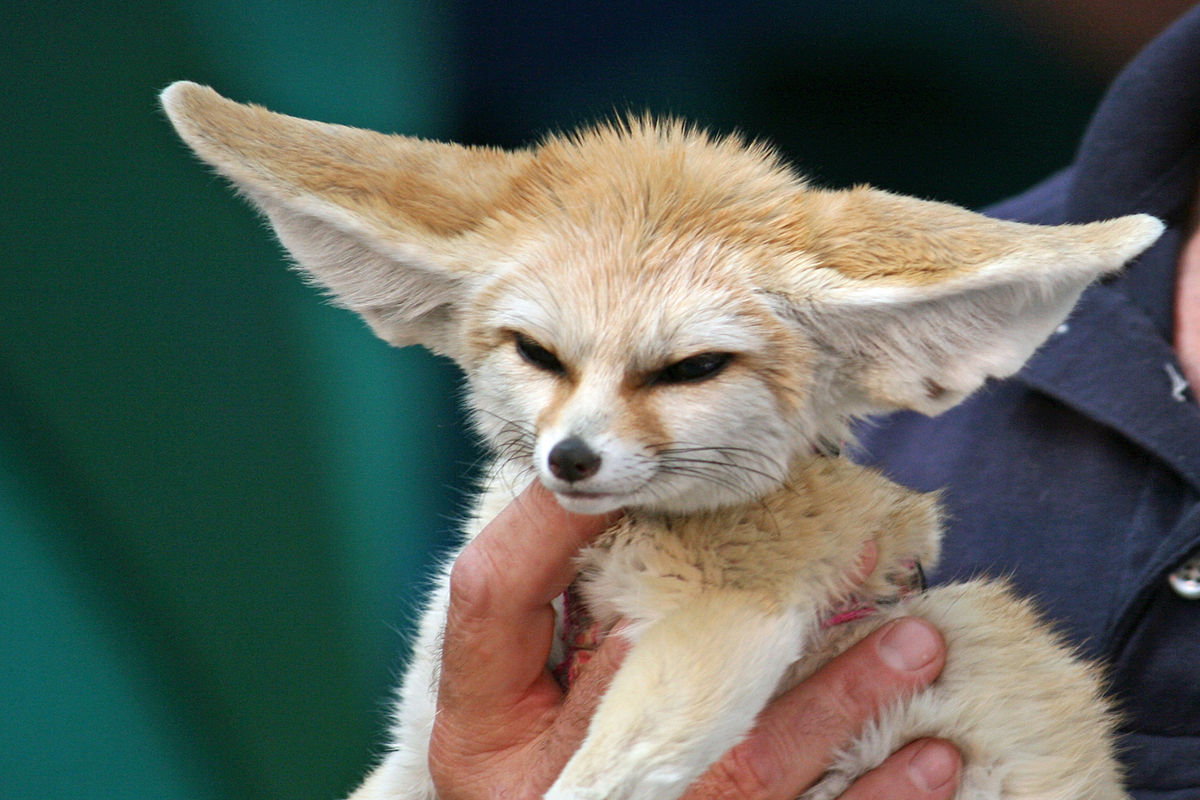
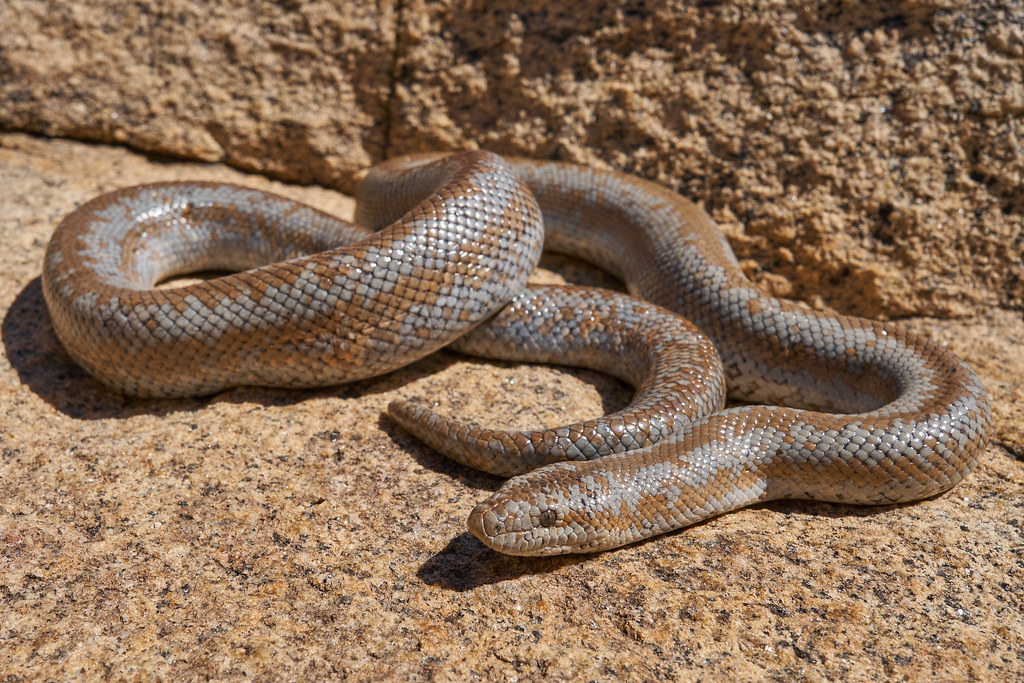
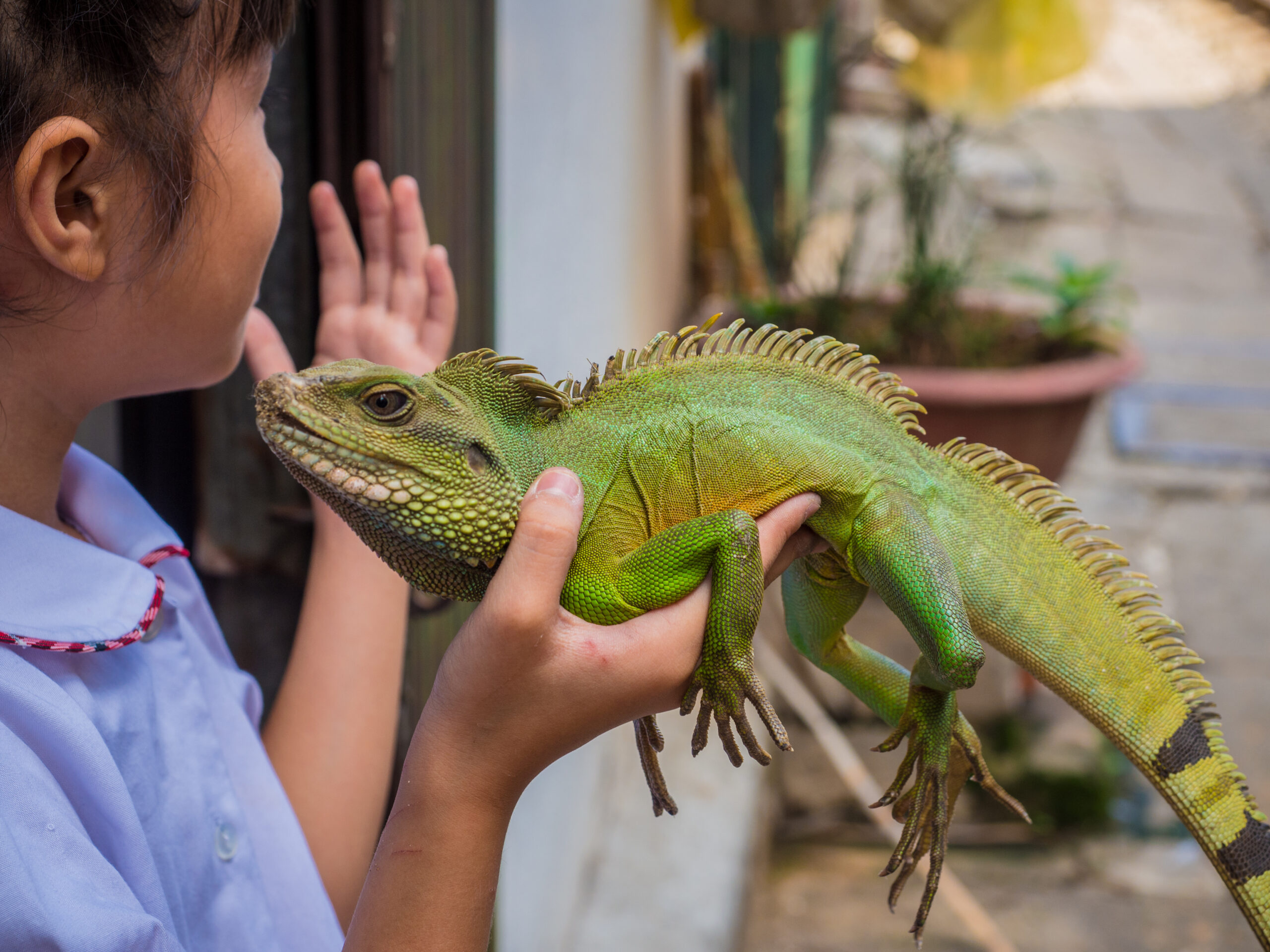

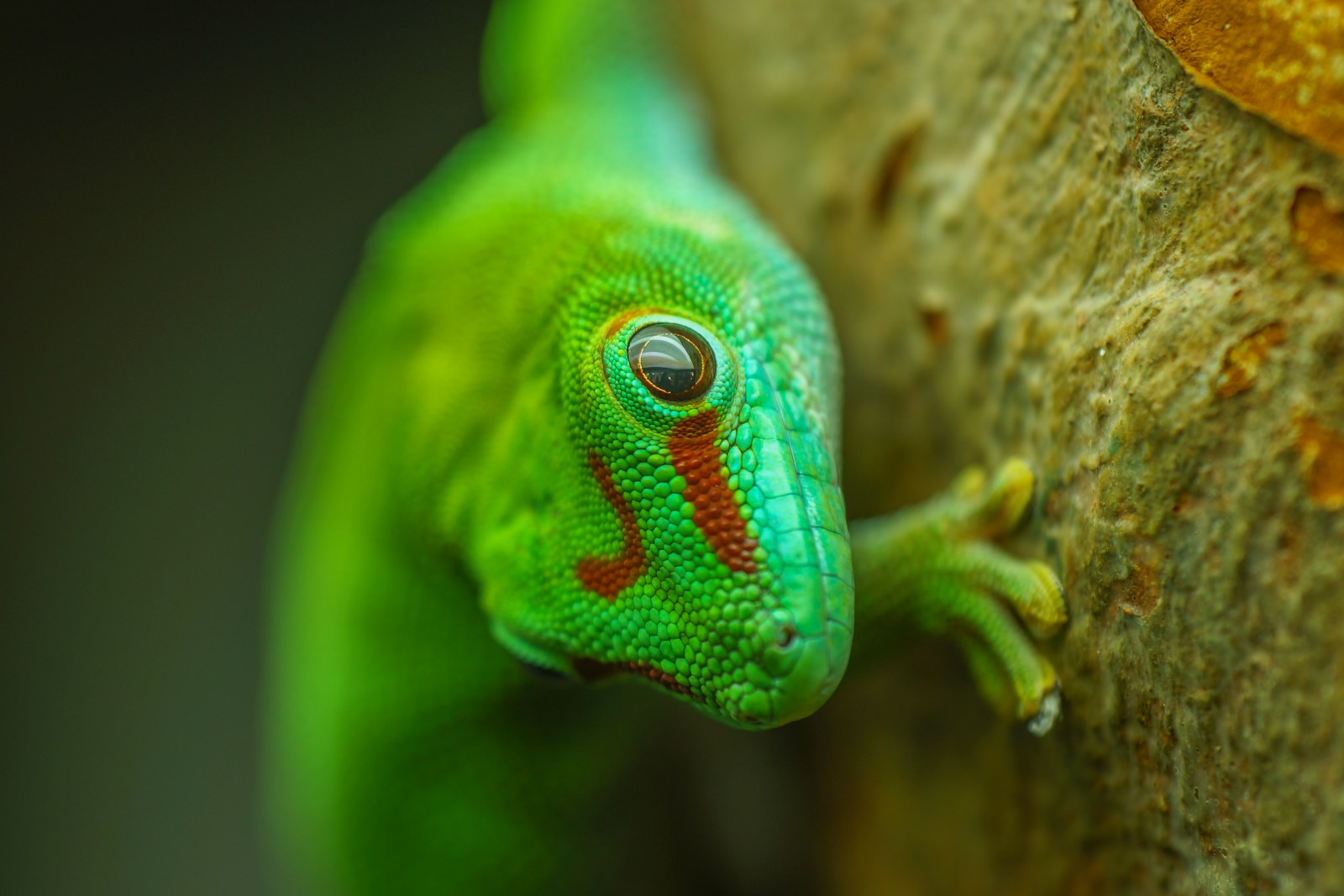




Leave a Reply